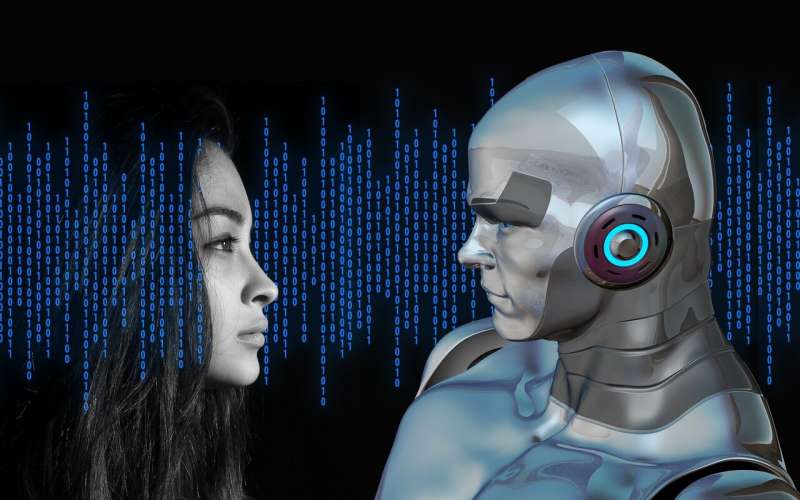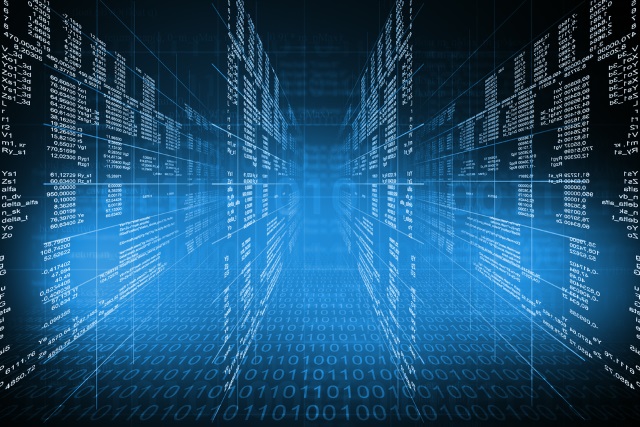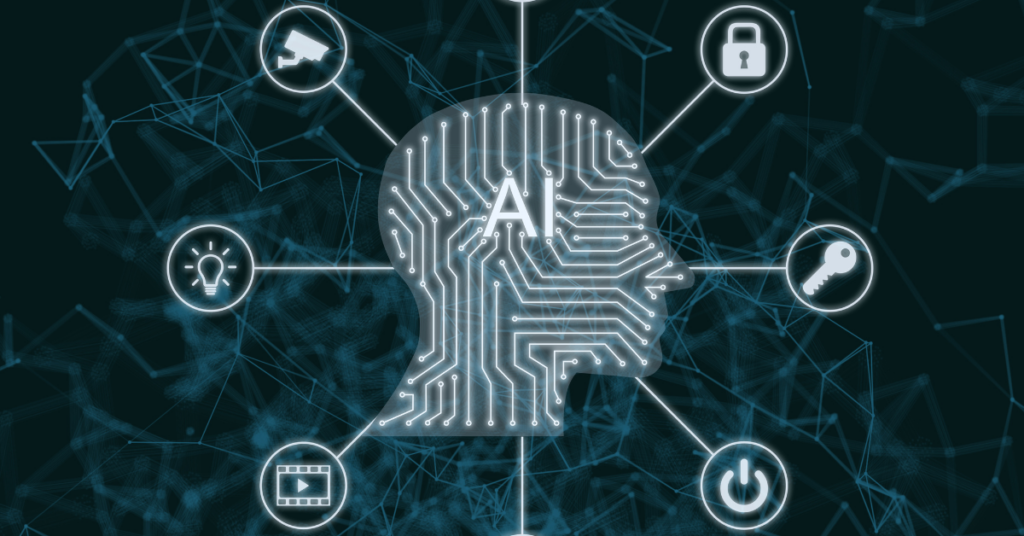The Changing Role of the Chief Data Officer

The chief data officer originally played more “defense” than “offense.” The
position focused on data security, fraud protection, and Data Governance, and
tended to attract people from a technical or legal background. CDOs now may take
on a more offensive strategy, proactively finding ways to extract value from the
data for the benefit of the wider business, and may come from an analytics or
business background. Of course, in reality, the choice between offense and
defense is a false one, as companies must do both. ... Major trends for
CDOs in the future will include incorporating cutting-edge technology, such as
generative AI, large language models, machine learning, and increasingly
sophisticated forms of automation. The role is also spreading to a wider variety
of industry sectors, such as healthcare, the private sector, and higher
education. One of the major challenges is already in progress: responding
to the COVID-19 pandemic. The pandemic hugely shook global supply chains,
created new business markets, and also radically changed the nature of business
itself.
Duplicate Tech: A Bottom-Line Issue Worth Resolving

The patchwork nature of combined technologies can hinder processes and cause
data fragmentation or loss. Moreover, differing cybersecurity capabilities among
technologies can expose the organization to increased risk of cyberattacks, as
older or less secure systems may be more vulnerable to breaches. Retaining
multiple technologies may initially seem prudent in a merger or acquisition, but
ultimately it proves detrimental. The drawbacks — from duplicated data and
disconnected processes to inefficiencies and security vulnerabilities — far
outweigh any perceived benefits, highlighting the critical need for streamlined,
unified IT systems. ... There are compelling reasons to remove the dead weight
of duplicate technologies and adopt a singular technology. The first step in
eliminating tech redundancy is to evaluate existing technologies to determine
which tools best align with current and future business needs. A collaborative
approach with all relevant stakeholders is recommended to ensure the chosen
solution supports organizational goals and avoids unnecessary repetition.
Disability community has long wrestled with 'helpful' technologies—lessons for everyone in dealing with AI

This disability community perspective can be invaluable in approaching new
technologies that can assist both disabled and nondisabled people. You can't
substitute pretending to be disabled for the experience of actually being
disabled, but accessibility can benefit everyone. This is sometimes called the
curb-cut effect after the ways that putting a ramp in a curb to help a
wheelchair user access the sidewalk also benefits people with strollers, rolling
suitcases and bicycles. ... Disability advocates have long battled this type of
well-meaning but intrusive assistance—for example, by putting spikes on
wheelchair handles to keep people from pushing a person in a wheelchair without
being asked to or advocating for services that keep the disabled person in
control. The disabled community instead offers a model of assistance as a
collaborative effort. Applying this to AI can help to ensure that new AI tools
support human autonomy rather than taking over. A key goal of my lab's work is
to develop AI-powered assistive robotics that treat the user as an equal
partner. We have shown that this model is not just valuable, but
inevitable.
What is the Role of Explainable AI (XAI) In Security?
XAI in cybersecurity is like a colleague who never stops working. While AI helps
automatically detect and respond to rapidly evolving threats, XAI helps security
professionals understand how these decisions are being made. “Explainable AI
sheds light on the inner workings of AI models, making them transparent and
trustworthy. Revealing the why behind the models’ predictions, XAI empowers the
analysts to make informed decisions. It also enables fast adaptation by exposing
insights that lead to quick fine-tuning or new strategies in the face of
advanced threats. And most importantly, XAI facilitates collaboration between
humans and AI, creating a context in which human intuition complements
computational power.,” Kolcsár added. ... With XAI working behind the scenes,
security teams can quickly discover the root cause of a security alert and
initiate a more targeted response, minimizing the overall damage caused by an
attack and limiting resource wastage. As transparency allows security
professionals to understand how AI models adapt to rapidly evolving threats,
they can also ensure that security measures are consistently effective.
10 ways AI can make IT more productive

By infusing AI into business processes, enterprises can achieve levels of
productivity, efficiency, consistency, and scale that were unimaginable a decade
ago, says Jim Liddle, CIO at hybrid cloud storage provider Nasuni. He observes
that mundane repetitive tasks, such as data entry and collection, can be easily
handled 24/7 by intelligent AI algorithms. “Complex business decisions, such as
fraud detection and price optimization, can now be made in real-time based on
huge amounts of data,” Liddle states. “Workflows that spanned days or weeks can
now be completed in hours or minutes.” “Enterprises have long sought to
drive efficiency and scale through automation, first with simple programmatic
rules-based systems and later with more advanced algorithmic software,” Liddle
says. ... “By reducing boilerplating, teams can save time on repetitive
tasks while automated and enhanced documentation keeps pace with code changes
and project developments.” He notes that AI can also automatically create pull
requests and integrate with project management software. Additionally, AI can
generate suggestions to resolve bugs, propose new features, and improve code
reviews.
How Tomorrow's Smart Cities Will Think For Themselves
When creating a cognitive city, the fundamental need is to move the computing
power to where data is generated: where people live, work and travel. That
applies whether you’re building a totally new smart city or retrofitting
technology to a pre-existing ‘brownfield’ city. Either way, edge is key here.
You’re dealing with information from sensors in rubbish bins, drains, and
cameras in traffic lights. ... But in years to come the city itself will respond
dynamically to the changing physical world, adjusting energy use in real-time to
respond to the weather, for example. The evolution of monitoring has come from a
machine-to-machine foundation, with the introduction of the Internet of Things
(IoT) and now artificial intelligence (AI) becoming transformational in enabling
smart technologies to become dynamic. Emerging AI technologies such as large
language models will also play a role going forward, making it easy for both
city planners and ordinary citizens to interact with the city they live in. Edge
will be the key ingredient which gives us effective control of these cities of
the future.
Serverless cloud technology fades away

The meaning of serverless computing became diluted over time. Originally coined
to describe a model where developers could run code without provisioning or
managing servers, it has since been applied to a wide range of services that do
not fit its original definition. This led to a confusing loss of precision. It’s
crucial to focus on the functional characteristics of serverless computing. The
elements of serverless—agility, cost-efficiency, and the ability to rapidly
deploy and scale applications—remain valuable. It’s important to concentrate on
how these characteristics contribute to achieving business goals rather than
becoming fixated on the specific technologies in use. Serverless technology will
continue to fade into the background due to the rise of other cloud computing
paradigms, such as edge computing and microclouds. ... The explosion of
generative AI also contributed to the shifting landscape. Cloud providers are
deeply invested in enabling AI-driven solutions, which often require specialized
computer resources and significant data management capabilities, areas where
traditional serverless models may not always excel.
Infrastructure-as-code and its game-changing impact on rapid solutions development

Automation is one of the main benefits of adopting an IaC approach. By
automating infrastructure provisioning, IaC allows configuration to be
accomplished at a faster pace. Automation also reduces the risk of errors that
can result from manual coding, empowering greater consistency by standardizing
the development and deployment of the infrastructure. ... Developers can rapidly
assemble and deploy its infrastructure blocks, reusing them as needed throughout
the development process. When adjustments are needed, developers can simply
update the code the blocks are built on rather than making manual one-off
changes to infrastructure components. Testing and tracking are more streamlined
with IaC since the IaC code serves as a centralized and readily accessible
source for documentation on the infrastructure. It also streamlines the testing
process, allowing for automated unit testing of compliance, validation, and
other processes before deploying. Additionally, IaC empowers developers to take
advantage of the benefits provided by cloud computing. It facilitates direct
interaction with the cloud’s exposed API, allowing developers to dynamically
provision, manage, and orchestrate resources.
What is Multimodal AI? Here’s Everything You Need to Know

Multimodal AI describes artificial intelligence systems that can
simultaneously process and interpret data from various sources such as text,
images, audio, and video. Unlike traditional AI models that depend on a single
type of data, multimodal AI provides a holistic approach to data processing.
... Although multimodal AI and generative AI share similarities, they differ
fundamentally. For instance, generative AI focuses on creating new content
from a single type of prompt, such as creating images from textual
descriptions. In contrast, multimodal AI processes and understands different
sensory inputs, allowing users to input various data types and receive
multimodal outputs. ... Multimodal AI represents a significant advancement in
the field of artificial intelligence. Therefore, by understanding and
leveraging this advanced technology, data scientists and AI professionals can
pave the way for more sophisticated, context-aware, and human-like AI systems,
ultimately enriching our interaction with technology and the world around
us.
Excel Enthusiast to Supply Chain Innovator – The Journey to Building One of the Largest Analytic Platforms
While ChatGPT has helped raise awareness about AI capabilities, explaining how
to integrate AI has presented challenges, especially when managing over 200
different data analytic reports. To address the different uses, Miranda has
simplified AI into three categories: rule-based AI, learning AI (machine
learning), and generative AI. Generative AI has emerged as the most dynamic
tool among the three for executing and recording data analytics. Its
versatility and adaptability make it particularly effective in capturing and
processing diverse data sets, contributing to more comprehensive analytics
outcomes. Miranda says, “People in analytics might not jump out of bed excited
to tackle documentation, but it's a critical aspect of our work. Without
proper documentation, we risk becoming a single point of failure, which is
something we want to avoid.” ... These recordings are then converted into
transcripts and securely stored in a containerized environment, streamlining
the documentation process while ensuring data security. Because of process
automation, Miranda says that the organization generated 240,000 work hours
last year, and they anticipate even more this year.
Quote for the day:
"Life is like riding a bicycle. To
keep your balance you must keep moving." -- Albert Einstein
No comments:
Post a Comment